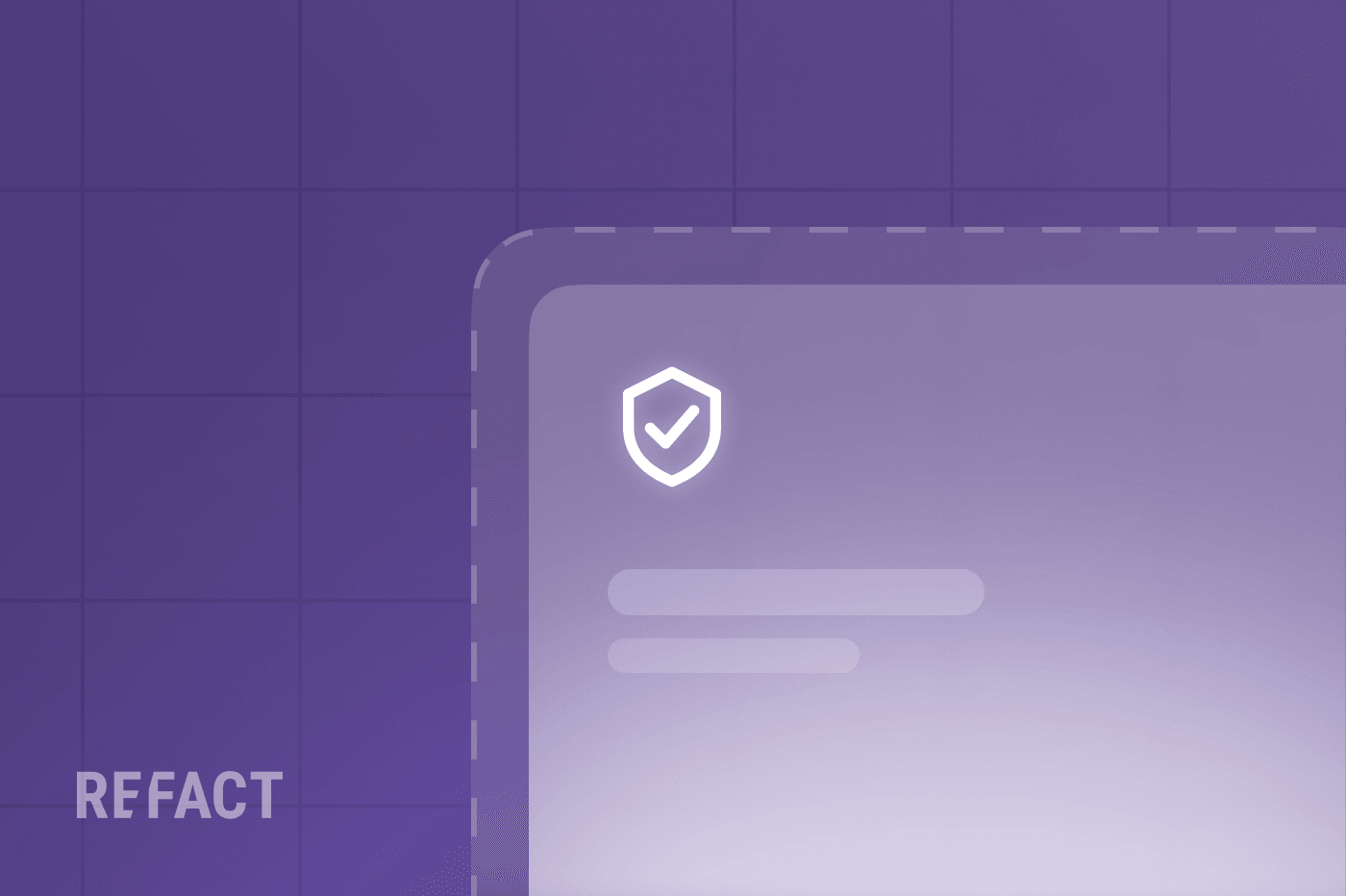If you’re in the publishing sector – whether you’re a startup media outlet, an established news organization, or a content creator looking for robust revenue streams – paywalls should be part of your shortlist vocabulary. They are ways to restrict access to content unless the user pays a fee or subscribes to a service. But not all paywalls are created equal.
Here, we’ll delve into the three main types of paywalls – Hard, Soft, and Freemium Paywall Models. Each comes with its unique set of pros and cons, and the choice between them is unavoidable once you start to grow. It’s a strategic decision that can significantly impact both your revenue and your relationship with your audience.
Let’s get started by dissecting the world of paywalls to help you make an informed decision.
Why Paywalls?
The question isn’t so much “Why paywalls?” but rather “Why not?” In today’s digital age, the competition for audience attention is fierce, and the advertising ecosystem is increasingly unreliable as a sole source of revenue. With factors like ad-blockers and ever-changing algorithms, relying exclusively on ad money is akin to building a castle on sand – it may stand for a while, but eventually, it will crumble.
The Economics of Online Publishing
Let’s begin with some harsh truths. The digital space is swarming with content – some good, some not so good, and some downright bad. In this glut, advertisers have a wealth of platforms to choose from, which drives down the value of ad space on your site. You might find yourself in a bidding war, contending with everyone from small bloggers to media juggernauts. And when you’re vying for attention in an overcrowded marketplace, you’re not in the driver’s seat.
Quality Over Quantity
Paywalls empower publishers to shift the focus back to what truly matters: quality content. If you’re offering articles, research, insights, or any other form of content that provides real value, people will be willing to pay for it. And guess what? Those who pay are usually the ones who engage the most – by sharing your content, providing feedback, or promoting your platform through word of mouth.
The Reality of Free Content
Let’s dispel another myth: “If it’s on the internet, it should be free.” High-quality journalism, in-depth research, and good content require resources – be it time, talent, or technology. These costs can’t always be covered by ad revenue, sponsorships, or donations. Besides, the notion that content should be free devalues the work that goes into creating it. A paywall not only adds a revenue stream but also elevates the perceived value of your content.
Paywalls offer a solution to multiple challenges – providing a stable revenue source, ensuring a focus on quality over quantity, and re-establishing the value proposition of your content. It’s not just about erecting a barrier to your content; it’s about setting a standard, maintaining your brand integrity, and forging a sustainable path forward in the digital landscape.
Hard Paywalls
When it comes to implementing a paywall, going “hard” is one strategy that comes with its own set of distinct advantages and challenges. A hard paywall is essentially a zero-tolerance policy toward free content. Beyond a brief snippet or headline, all content is locked behind a subscription fee. Think of it as a nightclub with a strict cover charge: If you’re not paying, you’re not getting in.
In a hard paywall model, access is granted only after a user pays a subscription fee. There are no free articles, no exceptions for “viral” stories, and certainly no free trials. Established publications like “The Wall Street Journal” and “The Times” have successfully implemented hard paywalls, reinforcing their brand equity and consistently delivering high-quality content to a committed subscriber base.
Pros
Guaranteed Revenue
With a hard paywall, your revenue stream is not just predictable, it’s guaranteed – provided, of course, that you’re offering content worth the price of admission.
Focused User Base
Because all users are paying customers, they are more likely to be engaged, loyal, and aligned with your brand’s ethos. This facilitates a more straightforward content strategy and can improve user interaction.
High-Quality Content
A hard paywall acts as a filter, ensuring that your team can focus on delivering the kind of premium content that your paying audience expects. This often results in high standards of journalism, research, or analysis.
Cons
Reduced Traffic
Let’s face it, putting all your content behind a hard paywall will deter a segment of potential readers, leading to lower site traffic and reduced exposure.
Potential Subscriber Turnoff
People love sampling before purchasing. A hard paywall doesn’t allow for that luxury, which can lead to potential subscribers shying away from making a commitment.
Best Practices
If you decide to go this route, make sure your value proposition is clear and compelling. Consider offering bundled packages, exclusive features, or subscriber-only perks.
Publications like The Wall Street Journal and The Economist have fine-tuned the art of hard paywalls, focusing on specialized, high-quality journalism that appeals to a niche but lucrative audience. Studying such examples can offer key insights into making this model work for you.
A hard paywall is a definitive stance on the value of your content. It’s a model that works exceptionally well for publishers with strong brand equity, a loyal audience, and high-quality content that’s in demand. However, this approach is not without its risks and limitations. In the next section, we’ll explore the concept of soft paywalls, a less stringent but more flexible option for content monetization.
Soft Paywalls
While hard paywalls take an all-or-nothing approach, soft paywalls offer a more flexible middle ground, letting you have a taste or two before demanding payment for more. In a soft paywall model, users can access a limited amount of content for free before being prompted to subscribe. This could mean a set number of articles per month, partial access to a longer feature, or timed access based on browsing time.
Soft paywalls are designed to provide a sampling of what’s on offer. They let readers dip their toes into your content pool, gaining a taste of its quality and relevance before making a financial commitment. Esteemed publications like “The New York Times” and “The Washington Post” employ soft paywalls to balance reach and revenue.
Pros
Larger Audience Reach
The freemium nature of a soft paywall allows for greater exposure, as it attracts both paid subscribers and casual readers. This wider audience can be a boon for ad metrics and brand reach.
Increased Engagement Rates
Since the content isn’t entirely locked away, readers have an opportunity to engage with it. The more they engage, the more likely they are to subscribe when they hit the paywall.
Cons
Lower Conversion to Paid Subscriptions
Not all casual browsers will become paid subscribers. The conversion rate from a free reader to a paid one is typically lower than with hard paywalls.
May Still Limit Some High-Quality Content
Even with a soft paywall, you may find that your most in-depth, high-quality pieces must be kept behind the paywall, limiting their reach and potential impact.
Best Practices
Setting the right limits is crucial. Too much free content, and you’ll fail to convert; too little, and you’ll scare off potential subscribers. Analyze user data to find the sweet spot.
Use analytics to personalize paywall triggers. If a reader often visits but never subscribes, you might present the paywall sooner. Alternatively, if someone has shared your content on social media but hasn’t yet subscribed, you might offer them an extra article for free as an incentive.
The New York Times paywall is a great example of this variety. Studying it can give you an insight into striking a balance between open access and revenue generation.
A soft paywall offers a compromise, enabling publishers to cater to both casual readers and committed subscribers. It’s a nuanced approach that requires careful planning and dynamic implementation. But when done right, it offers the best of both worlds – reach and revenue. In the next section, we’ll delve into the third option, the Freemium Content Model, which provides yet another way to diversify your revenue streams while maintaining brand integrity.
Freemium Content Models
The word “freemium” is a mix of “free” and “premium,” and this model brings together elements of both. Unlike the rigidity of hard paywalls or the limited free access of soft paywalls, Freemium Content Models offer a curated selection of free content alongside premium, paid options. Think of it as a magazine stand where certain articles are given away, but the in-depth cover stories and special features carry a price tag.
In a Freemium Content Model, the publisher can decide which content pieces remain free and which are premium-only. Publications like “Business Insider” and digital platforms like “Spotify” have leveraged this model to maximize audience reach and revenue potential.
Pros
Flexibility for Users and Publishers
The Freemium model allows for maximum flexibility. Users can choose what they’re willing to pay for, while publishers can experiment with differentiating content value.
Can Drive Sales of Premium Content
When users find value in your free offerings, they are more likely to trust the worth of your premium content. This model can act as a stepping stone for users to become paid subscribers.
Cons
Complexity in Content Valuation
Determining what should be free and what should be premium can be complex and might require regular revisions based on performance metrics and user feedback.
Risk of Devaluing Content
If not carefully managed, offering too much for free can dilute the perceived value of your premium offerings, causing potential subscribers to question its worth.
Best Practices
Choose free content that showcases your brand’s strength and depth but leaves the audience wanting more – the ‘more’ being your premium content.
Consider offering multiple subscription levels with varying access to premium content. This allows users to choose a plan that best fits their needs and can increase overall subscription rates.
Publications that have successfully employed Freemium Models offer valuable lessons. Whether it’s “Business Insider” with its “Insider Intelligence” reports or “Spotify” with its ad-free premium version, there’s much to learn from their strategic decisions.
The Freemium Content Model offers a flexible, adaptable approach to monetization, allowing you to cater to diverse consumer preferences while maintaining multiple revenue streams. However, the model’s success hinges on your ability to consistently deliver high-value content and strategically differentiate between free and premium offerings. For a more intimate take on the subject, you can take a look at our guide on Freemium vs Premium paywalls.
How to Choose the Right Paywall for You
Selecting the right paywall isn’t just a financial decision; it’s a strategic choice that will define your relationship with your audience and set the course for your platform’s long-term sustainability. While we’ve delved into the pros, cons, and best practices of each major paywall type – Hard Paywalls, Soft Paywalls, and Freemium Content Models – the real question remains: Which is the best fit for you? Here’s how to determine your ideal approach.
Assess Your Content Quality and Niche
High-quality, specialized content that serves a specific niche or audience is more likely to succeed behind a hard paywall. If your platform offers exclusive insights, in-depth research, or a specialized focus not readily available elsewhere, a hard paywall may be your best bet.
Consider Your Brand’s Reach
If you’re a new or smaller publisher, a soft paywall can help you gain traction without alienating potential readers. Soft paywalls are also great for established brands that aim to expand their reach without compromising on revenue streams.
Gauge Audience Willingness to Pay
Conduct market research or A/B testing to understand your audience’s readiness to pay for your content. If you find a strong willingness to pay, a more restrictive paywall might be viable. If not, you may opt for a softer approach initially.
Review Your Monetization Goals
Are you looking for a steady, predictable revenue stream, or are you comfortable with a more dynamic, diversified source of income? Hard paywalls are generally better for the former, while soft paywalls and Freemium Content Models are more adaptable for the latter.
Factor in Implementation and Complexity
Hard paywalls are relatively straightforward to implement but may require significant marketing efforts. Soft paywalls require intricate data analytics and personalization but offer more flexibility. Freemium models need ongoing assessments to balance free and premium content, making them operationally complex but highly adaptable.
Consult the Experts and Case Studies
Don’t reinvent the wheel. Look to successful examples in your publishing category to see what models they’re using. Industry reports and expert consultations can provide additional insights tailored to your specific circumstances.
Choosing the right paywall is a multifaceted decision that depends on your content quality, audience, monetization goals, and operational capacity. It’s not a decision to be taken lightly, but with the insights provided in this guide, you’re now better equipped to make an informed choice that aligns with both your business objectives and your brand identity.
Conclusion
The landscape of digital publishing is ever-changing, yet the necessity for stable, dependable revenue streams remains constant. Implementing a paywall isn’t just a tactical move – it’s a strategic initiative that has far-reaching implications for your brand, audience, and future growth. Whether you opt for a hard paywall, choose the flexibility of a soft paywall, or take a diversified approach with a Freemium Content Model, the key lies in alignment – with your brand’s value proposition, your audience’s needs, and your long-term business objectives.
Remember, the choice of a paywall is not a one-size-fits-all scenario, nor is it a set-it-and-forget-it operation. It requires ongoing analysis, adaptation, and refinement. But with the groundwork laid out in this guide, you’re now poised to make an informed, strategic decision – a decision that could very well be a game-changer for your publishing platform. As a digital partner for newsletters and media companies, Refact provides bespoke services that can streamline your publishing platform, paywall, and payment system into one system.




